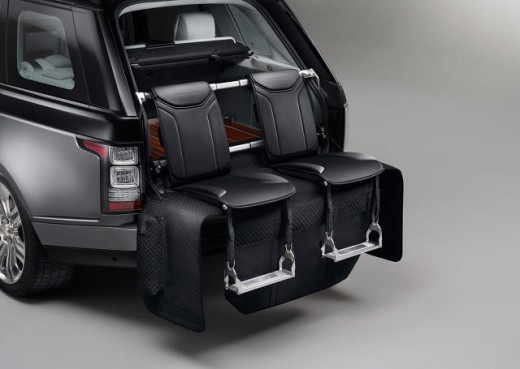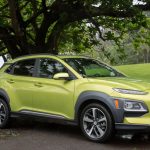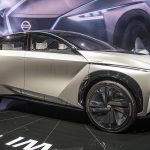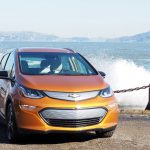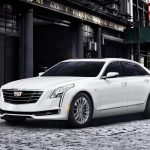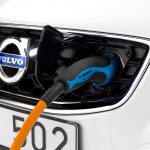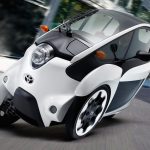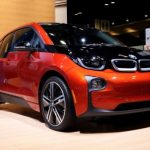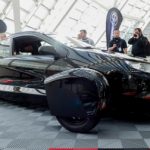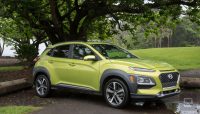Jaguar Land Rover’s Design Chief On The Future Of Cars
We chat with Gerry McGovern before the New York Auto Show on self-driving cars, the limits of technology, and the enduring power of beauty.
It’s a fascinating time to be a car designer. With the impending rise of self-driving vehicles, new technology for better visibility on the road, and more, there’s never been a better time to rethink the experience of driving. In advance of the New York International Auto Show this weekend, Co.Design caught up with Gerry McGovern, the design director and chief creative officer for Jaguar Land Rover. At a Manhattan showroom, he was debuting the 2016 Range Rover SV Autobiography, the company’s latest limited-edition luxury vehicle. Here’s what he had to say about tomorrow’s car design, including how Land Rover approaches technological innovation (cautiously), why the company isn’t worried about autonomous cars, and why backseats are about to get a lot cooler.

The Backseat Will Get More Love
The home office of the future may be the backseat of a self-driving car. But even before cars can drive themselves while you spend your commute firing off emails, car designers are planning on making it more comfortable from a passenger’s perspective, not just the driver’s.
“For a long time in automotive design, everything was centered around the driver,” McGovern says. “The reality is, in [luxury] vehicles like [the new Range Rover], a lot of them will be chauffeur-driven. In China, for example, a very high percentage of these vehicles, the people who own them sit in the back.” The roomy backseats feature calf rests, coolers to chill drinks in, and tables that pop out of the arm rests for eating or working in comfort.

You’ll Have More Choice, And More Exclusivity
Only 200 of the new Range Rover SV Autobiography vehicles will be available in the U.S. In part, that’s because customers want cars that are unique in some way (both in exclusivity of the product and customizability). “We’re seeing out there in the marketplace a desire from consumers, particularly at the top end, to bespoke their vehicles, to have things that communicate—in sometimes subtle ways, in sometimes overt ways—their own personality. That can manifest itself in limited-edition runs to bespoke one-offs.”
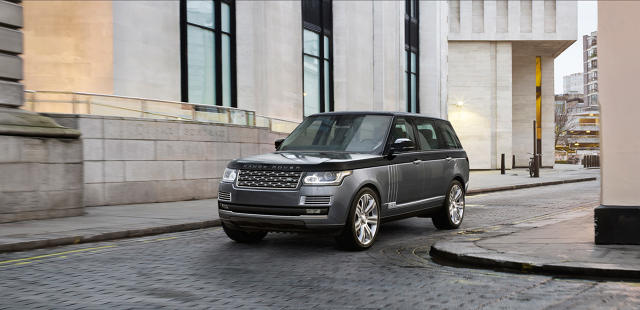
Your Luxury Car Won’t Be Going Super-High-Tech Anytime Soon
Most luxury car customers aren’t going to pick up a new model every year. For most, a $150,000 car is an investment they’ll hang onto for years, and luxury carmakers want their models to have a certain timelessness—which is hard to do when you hop on every new technological bandwagon. “For us, it’s about adopting technologies that are appropriate for us,” McGovern says. For instance, he cites “technology that will allow us to design front headlamps that give us a much better light performance when you’re driving the vehicle, and at the same time gives you a very distinctive look and feel. You look at it and say, ‘I know that’s a Range Rover because of the shape of the lights.’
“From a pure design standpoint,” he continues, “I think you have to create something that enriches the relationship with the consumer. You don’t do that by following trends, because I think trends are transient.”
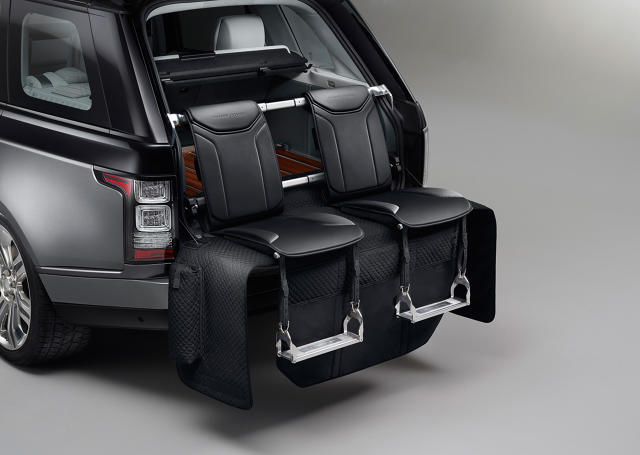
Automated Cars Won’t Kill Driving
“I think it’ll always be important for people to have that sort of connectivity with a vehicle” that comes with actually being behind the wheel, McGovern explains. “It’s a thing that people naturally like to do. People have quite strong connections with their vehicles.”
Looking Good Will (Still) Be A Top Priority
“That’s a 22-inch wheel,” McGovern says, pointing to the Range Rover on the showroom floor. “Twelve years ago when I was in this business, it was, ‘Well, you can’t do a 22-inch wheel.'” The theory was that people wouldn’t want a bigger wheel, because the tire wrapped around it would by comparison look smaller and thus not as safe. That hasn’t proved to be true, in McGovern’s experience. “What’s it done? Actually it’s made the vehicle better looking,” he says. On the first model that Range Rover offered with an option of a 20-inch wheel compared to an 18-inch one, 80% of customers opted for the larger size. “I think we need to be careful not to underestimate the power of aesthetics. We tend to like to talk about technology features because we think it’s more worthy, but actually design in itself, the aesthetics, should be celebrated.”
Because good design is good business. “Great design is a gateway to customer desirability,” McGovern says. “It’s great design that makes that emotional connection. In the marketplace, design is your greatest differentiator once everything becomes comparable in terms of technology and quality.”
After all, very few people buy Land Rovers for off-roading, though they could be used for that. These days, they’re designed for enjoyment rather than practicality. “The reality is, we don’t need luxury vehicles,” he admits. “But we desire them.” And the only way to create that desire is through exquisite design.
[All Photos: Courtesy Jaguar Land Rover Automotive PLC]
Fast Company , Read Full Story
(241)

